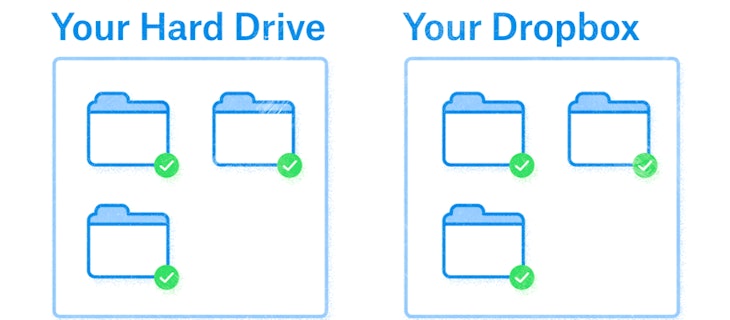
6 tasks you should stop doing today
When you have a ton of work on your plate, multitasking seems like the obvious answer. It’s natural to want to ensure every detail is perfect—no matter how many projects you have to oversee. One thing you can’t control, though, is the number of hours in your day.
So, what do you do when your default mode is DIY, not delegation? Simple: shift your focus from figuring out how you can do more, to how you can do less. Here’s how you can cross off the to-dos you don’t want to do, starting with these six time-wasters.
1. Not taking breaks
EY's Australian Productivity Pulse classifies Australian workers into four groups:
- Super Achievers (23% of the workforce) who spend at least two-thirds of their time on meaningful work and waste 12%
- Solid contributors (46%) who spend at least 64% of their time on meaningful work
- Patchy Participants (24%) who spend 58%.4 of their time on meaningful work
- Lost Souls (7%), who only spend half their time on meaningful work.
Research found that the Super Achievers take more breaks and spend more time on leisure and recreation. This backs up research into our productivity cycles that shows we operate in 90-minute cycles. Don’t be afraid to get up and walk – it’s a sign of productivity.
2. Solving problems in hallway conversations
That water cooler chat might be putting your productivity in hot water. Research conducted by SEEK finds that talking to colleagues face-to-face is how 48 per cent of Australians waste their time. The benefits of inter-organisation collaboration are widely known, but when the conversation is less “How do we solve this problem” and more “How was your weekend”, it might be a time sink. To avoid aimless wanders, set a time for catching up, either that 8:30am Monday or on the coffee walk, and avoid wandering instead of tackling that report. If your team are keen to collaborate, set office hours or encourage people to schedule in time to collaborate.
3. Unclear Emails
Estimates from Atlassian say that between $2100 and $4100 per employee per year is wasted on poorly written communications. Poorly written emails, confusing meeting agendas, or imprecise IM all take time to decipher and respond to. So how do you tackle this? David Silverman from HBR gives a few crucial questions. Does my email ask the reader to do anything? If not, why am I sending it? Is the subject line clear? Am I relying on my audience to know anything that they might not? And is my email giving my opinion and my reader options as to how to respond? By interrogating your emails before you send them, you’ll help your recipients avoid the dreaded “never-ending inbox.”

4. Checking email every minute
According to a report by McKinsey Global Institute, workers spend 28 hours a week writing and responding to email. That’s over 300 messages every week for the average business person. It takes a lot of commitment to stay responsive and keep your inbox under control. But that doesn’t mean you have to react to every new email as soon as you receive it. Instead, try dedicating blocks of time to check all your email at once. You might even add it to your calendar to let your team know this is how you’ll manage your email, so they have a clear idea of when to expect a response.
5. Attending meetings without an agenda
Gathering your team together is an important (and unavoidable) part of your job. Beyond being a fast way to reach consensus on the key decisions that keep projects moving, team meetings help you build camaraderie and stay aware of what’s happening and what’s ahead. The problem is, over 60% of our meetings are scheduled without an agenda, according to some studies. It only takes a few minutes beforehand to establish a clear plan and letting people know what to expect and how to prepare ensures you won’t waste time reviewing news everyone already knows.
6. Unnecessary Cleaning
A clean workplace is key to a productive workflow – just look at how essential it is to the Japanese system of 5S. However, 30% of Australian workers admit to cleaning their workspace to avoid doing work. If you find yourself tinkering on your desk arrangement more than you tinker on your project, try setting 10 minutes at the end of the day to clean up whatever mess you’ve left. There’s evidence to suggest that messy areas might lead to more creative solutions, so keeping your workspace spotless might not benefit you in the midst of a gritty problem.


